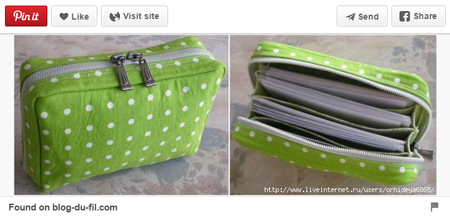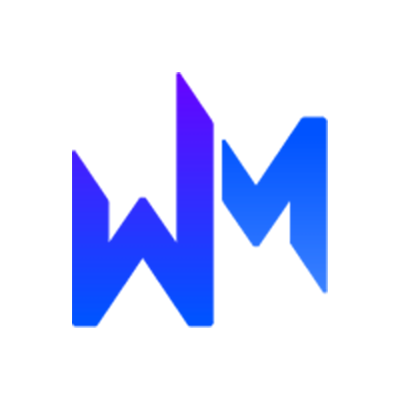7 Reasons Why Astute Internet Marketers are in Love with Pinterest

Unlike other major social media players, there was no hype surrounding Pinterest's launch. And yet, barely three years after its launch, the site had more than 70 million users to its credit.
One of the main reasons behind the popularity of the platform is the focus on visual content such as images and videos, which users can scan, "pin" and share with their network.
These images and videos have links, which trace them to source websites. Users click on these links to go to the source, increasing visitor traffic. This along with many other reasons explain why astute marketers are keen to join the Pinterest bandwagon. If you'd like to hop on, go through the following pointers to get a better perspective of the image- and link-driven network.

1. It has a different way of connecting with the target audience.
When new users join Pinterest, they are shown a number of images across several categories such as gardening, hairstyles, pets, motivational quotes etc., and select the ones that appeal to them the most. Depending on their selection, they are shown pins on their feed, which match their interests/choices. This is many times better than greeting them with a vacant blank pin board.

2. It gives sharing a whole new meaning.
Pinterest is based on the idea of sharing visual content e.g. photos and videos. Instead of putting all their efforts in making the users share content, marketers now have to focus on creating impressive visual content. If the users like the images and the videos, they will pin it to their board. Since the board is viewable by everyone in their network, it leads to automatic sharing. Also, the users can even share the pins with their friends on Facebook. This is like hitting two birds with the same stone isn't it?
3. It is a great resource for link building.
Sample this, every minute a Pinterest users pin as many as 3,472 images. Since every pin on Pinterest has a link, leading back to the original source of the image, this boosts up the process of natural link building as well as search engine optimization (SEO). This comes as a great news for marketers who are looking forward to some quality inbound links.
4. It brings in more conversions.
Research by Shopify reveals that Pinterest users are 10 percent more likely to convert as compared to the users referred from other social media websites. The research also had other key takeaways, such as:
- $50 is the average order value of sales arriving from Pinterest, which is higher than any other major social media platform
- About 93 percent of Pinterest users use the platform to plan their purchases
- All orders from Pinterest on various mobile devices has increased by 140 percent in the past two years
Also, the site tends to drive 300 percent more revenue per click than Twitter and 27 percent more than social media giant Facebook. This means that Pinterest definitely brings in more conversions than its counterparts and generates maximum returns on investment.
5. It has less steps to take a call to action.
Pinterest has a fantastic user interface (UI). Users can not only comment, re-pin, share, like or visit and browse through pins but also go to the source of the pins right from their main feed. They can also edit their profile and pin board from the same page. This translates to lesser number of steps users need to take a call to action.

6. It has a high rate of user engagement.
User engagement is definitely not something that happens overnight. And yet, Pinterest does it exceptionally well. This is because:
- It provides infinite scrolling, which in a way tricks the users into spending more time on the same page going through endless number of their favorite pins.
- It offers an email alert (optional) to its users, notifying them of the latest happenings on the site. This piques the interest of the users and makes them engage in the site without making much of an effort.
- It breaks up search queries into individual keywords and shows pins relevant to the same. This gives users more variety to explore.
7. It recently unveiled 'Buyable Pins'.
Recently, Pinterest launched Buyable Pins. Now users will get to see 'Rich Pins' or pins that have more information than an average link (such as a DIY hairstyle tutorial) integrated with a 'Buy' button. They will be able to view prices, select the product (say a curling iron) from the partner website and make a purchase.
These reasons are compelling enough to make internet marketers use Pinterest to leverage their business. All that they need to do is to create a strategy and use the maximum potential of this unique social media platform. Have something to add to the list? Leave a comment to share insights.

Subscribe to Our Newsletter!
Latest in Marketing







